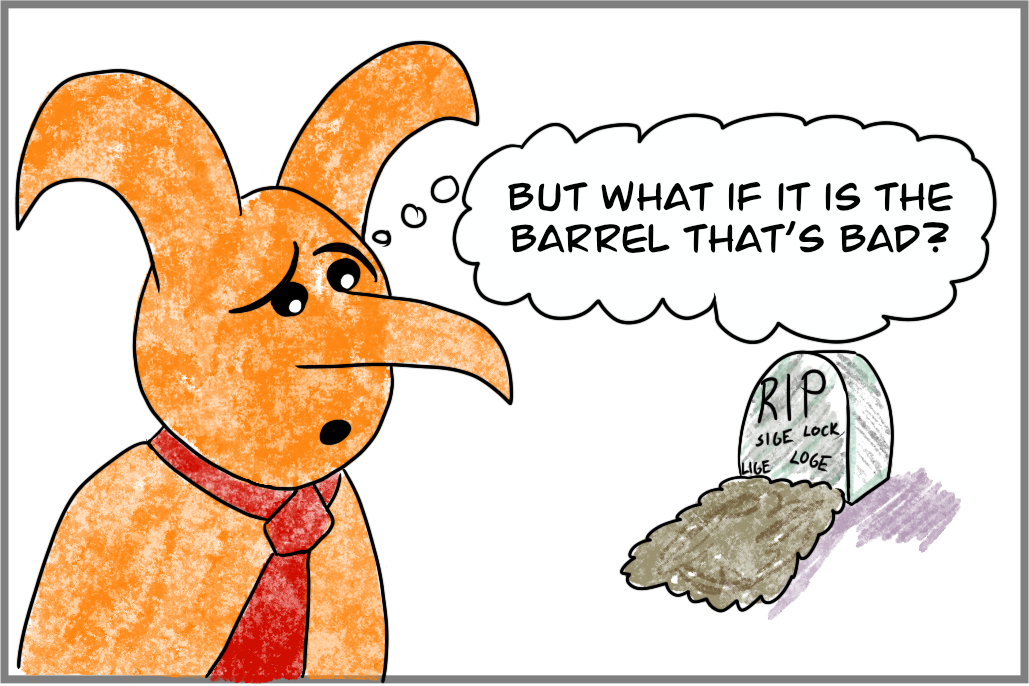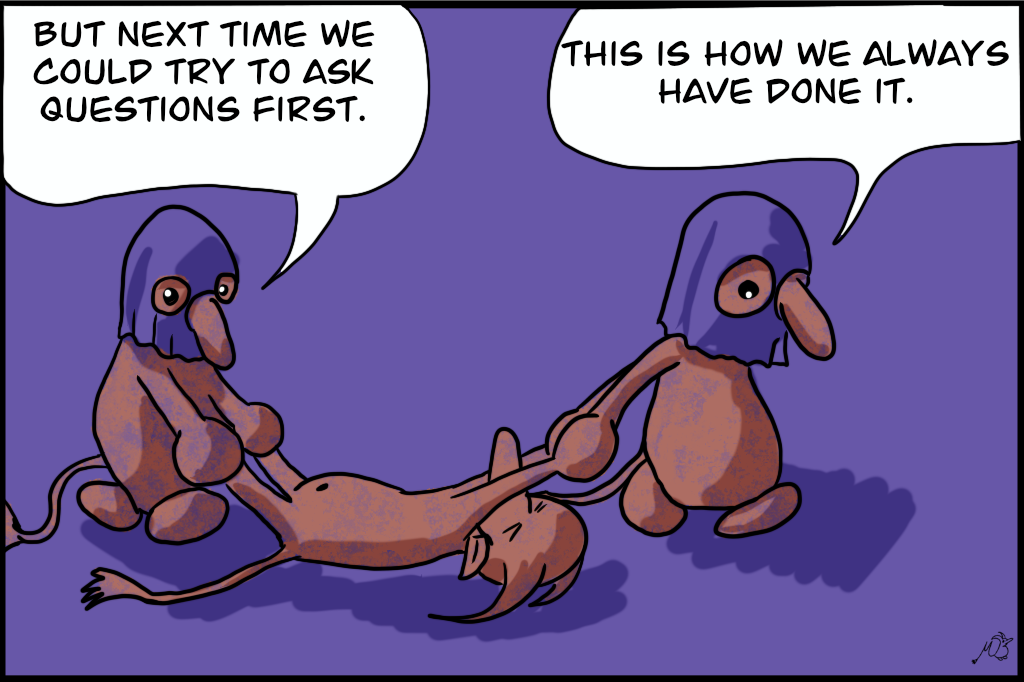A few weeks ago, I wrote a short LinkedIn post on alignment and autonomy as being a polarity and not an either-or situation. I got good feedback and reflections on this. Below I will explain my reasoning on why I view these as a polarity to each other and more how to find strategies to get into a “both and” perspective suitable needed for polarities.
Alignment and Autonomy are critical areas within a company:
Autonomy is vital as it allows employees to make decisions and steer their work. This independence can spur innovation and quick adaptation to change, boosting motivation.
Alignment is crucial in a company it ensures that everyone understands and works towards the same strategic objectives, leading to clear direction, improved efficiency, and focused decision-making.
But they are also often in combat with each other, this happens when you apply an either or thinking to them. By instead viewing them as polarities and making use of Polarity Management, we can find strategies that will be helpful for us in our leadership.
Polarity Management is a framework used to deal with issues that are ongoing, interdependent, and have no final solution. These are often referred to as "unsolvable problems" because they are based on values that are in tension with each other, yet both are necessary for a successful outcome.
Polarity management would involve recognizing that Alignment and Autonomy are two poles of a continuum, both of which are necessary for the organization's health and success.
Let us put alignment and autonomy on the polarity map as presented in the picture below. When reading the picture, you will find my proposed "action steps" and "early warnings" to be aware of for each polarity.
On the left side, we have Autonomy and its connected "action steps" that will help to increase autonomy and the "early warnings" that we need to be aware of so that we can mitigate negative aspects of autonomy. We mitigate using "action steps" on the Alignment side. Here, we also have "early warnings" that we need to be aware of, which, in turn, can be mitigated by actions on the Autonomy side, and so it continues when we manage to create a good harmony between the two.
So, for example, we can see that an early warning for going too dominant on autonomy is "working in silos," making the communication on vision and goals, and establishing transparent goal-setting frameworks can help to mitigate those negative effects on autonomy.
On the other hand, an early warning for too dominant alignment is that one can see an escalation of decisions moving higher and higher into the hierarchical ladder of the organization. This can be mitigated by empowering decision-making, such as consent decision-making.
Polarity Management can be used in many other types of polarities...
Short-term vs. Long-term Focus: Navigating between focusing on immediate results and quick wins (short-term focus) and investing in long-term goals and strategies (long-term focus).
Profit vs. Purpose: Managing the polarity between focusing on profitability and financial success (profit) and staying true to the company's mission and values (purpose).
Planning vs. Action: Balancing thorough, careful planning against the need to take swift action and be adaptable.
Innovation vs. Operational Efficiency: Managing the tension between fostering innovation and creativity against the need to maintain efficient, reliable operations.
....just to name a few. Depending on your own situation and needs, the action steps and the early warnings can be different so my suggestion is to build your own set of polarity management maps and get a better understanding of the strategies that you need to develop so that actions you take enhance the different polarities and not cancel each other out or even worse, deteriorate the other polarity.
If would like to have a template to try it out, we have one ready for you at this location:







